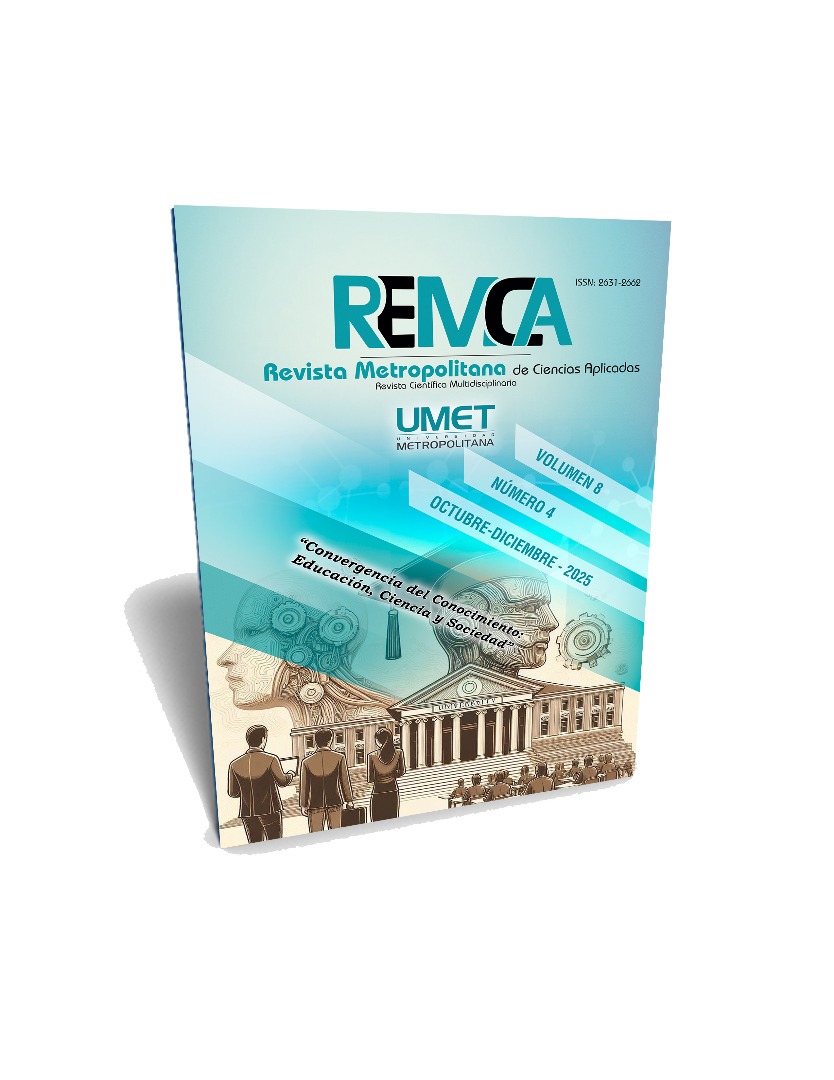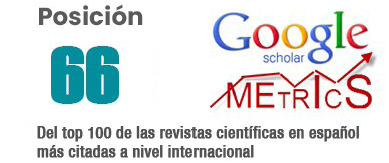Characterization of rural schools in Chiapas. A comparative study of two primary school districts
DOI:
https://doi.org/10.62452/27hxre66Keywords:
Rural schools, comparative studies, multigrade schoolsAbstract
Rural schools are changing, in part due to advances in technology. But this is not universal since these changes are due to the conditions and possibilities observed in each territory. This article aims to contribute to this discussion of what rural schools are like, especially in regions such as Chiapas where most of its territory presents this condition. For this purpose, a documentary review was used through a comparative study between two elementary school zones. It was found that rural schools are closely linked to the conditions of the territory, in addition to the fact that teaching practice is affected by these changes and possibilities.
Downloads
References
Berlanga Quintero, S. (2003). Educación en el mundo rural: análisis, perspectivas y propuestas. Mira.
Bernal Agudo, J. L. (2009). Luces y sombras en la escuela rural. UNIZAR.
Boix Tomás, R. (1995). Estrategias y recursos didácticos en la escuela rural. Grao.
Bustos Jiménez, A. (2006). Los grupos multigrados de Educación primaria en Andalucía [Tesis doctoral, Universidad de Granada].
Campos-Gómez, A. A. del C., Peralta-Jiménez, Y., & Romero-Aguirre, G. de los Á. (Coord.). (2025). Retos actuales de la salud mental y trascendencia social. Sophia Editions.
Ezpeleta, J., & Weiss, E. (1996). Las escuelas rurales en zonas de pobreza y sus maestros: tramas preexistentes y políticas innovadoras Revista Mexicana de Investigación Educativa, 1(1). https://www.redalyc.org/pdf/140/14000105.pdf
México. Consejo Nacional de Evaluación de la Política de Desarrollo Social. (2020). Medición de la pobreza, Estados Unidos Mexicanos, 2010-2020. Indicadores de pobreza por municipio. https://www.coneval.org.mx/Medicion/Paginas/Pobreza_grupos_poblacionales_municipal_2010_2020.aspx
México. Instituto Nacional de Estadística y Geografía (2021). Población. Rural y urbana. https://beta.cuentame.inegi.org.mx/descubre/poblacion/rural_urbana/
México. Instituto Nacional de Estadística y Geografía. (2015). Encuesta Nacional de Población y Vivienda. INEGI. https://www.inegi.org.mx/contenidos/programas/intercensal/2015/doc/eic_2015_presentacion.pdf
Pivoni, J. I. (2017). Los estudios comparativos: Algunas notas históricas, epistemológicas y metodológicas. Educação & Realidade, 42(3). https://doi.org/10.1590/2175-623667609
Rojas-Valladares, A. L., & Pire-Rojas, A. (2024). La relación escuela-familia. Nociones epistemológicas, sociológicas y pedagógicas sobre un desafío educativo. Editorial UMET.
Saldaña Gómez, D. P., Dávila Lara, G. E., & Jaramillo Jimbo, J. G. (2025). PABS 1.0. La práctica preprofesional docente en la ruralidad ecuatoriana. Editorial Exced.
Tonon de Toscano, G. (2011). La utilización del método comparativo en estudios cualitativos en ciencia política y ciencias sociales: Diseño y desarrollo de una tesis doctoral. Kairos: Revista de temas sociales, (27). https://dialnet.unirioja.es/descarga/articulo/3702607.pdf
Velasco Carpizo, L. S. (2012). Trabajos con grupos heterogéneos en la escuela rural [Trabajo de fin de grado, Universidad de Valladolid].
Zhigue Luna, R. (Comp.). (2025). La educación en contextos rurales ecuatorianos. Algunas experiencias. Editorial Exced.
Downloads
Published
Issue
Section
License
Copyright (c) 2025 José Alejandro Morales-Soto (Autor/a)

This work is licensed under a Creative Commons Attribution-NonCommercial-ShareAlike 4.0 International License.
Authors who publish in Revista Metropolitana de Ciencias Aplicadas (REMCA), agree to the following terms:
1. Copyright
Authors retain unrestricted copyright to their work. Authors grant the journal the right of first publication. To this end, they assign the journal non-exclusive exploitation rights (reproduction, distribution, public communication, and transformation). Authors may enter into additional agreements for the non-exclusive distribution of the version of the work published in the journal, provided that acknowledgment of its initial publication in this journal is given.
© The authors.
2. License
The articles are published in the journal under the Creative Commons Attribution-NonCommercial-ShareAlike 4.0 International License (CC BY-NC-SA 4.0). The terms can be found at: https://creativecommons.org/licenses/by-nc-sa/4.0/deed.en
This license allows:
- Sharing: Copying and redistributing the material in any medium or format.
- Adapting: Remixing, transforming, and building upon the material.
Under the following terms:
- Attribution: You must give appropriate credit, provide a link to the license, and indicate if any changes were made. You may do this in any reasonable manner, but not in any way that suggests the licensor endorses or sponsors your use.
- NonCommercial: You may not use the material for commercial purposes.
- ShareAlike: If you remix, transform, or build upon the material, you must distribute your creation under the same license as the original work.
There are no additional restrictions. You may not apply legal terms or technological measures that legally restrict others from doing anything the license permits.




